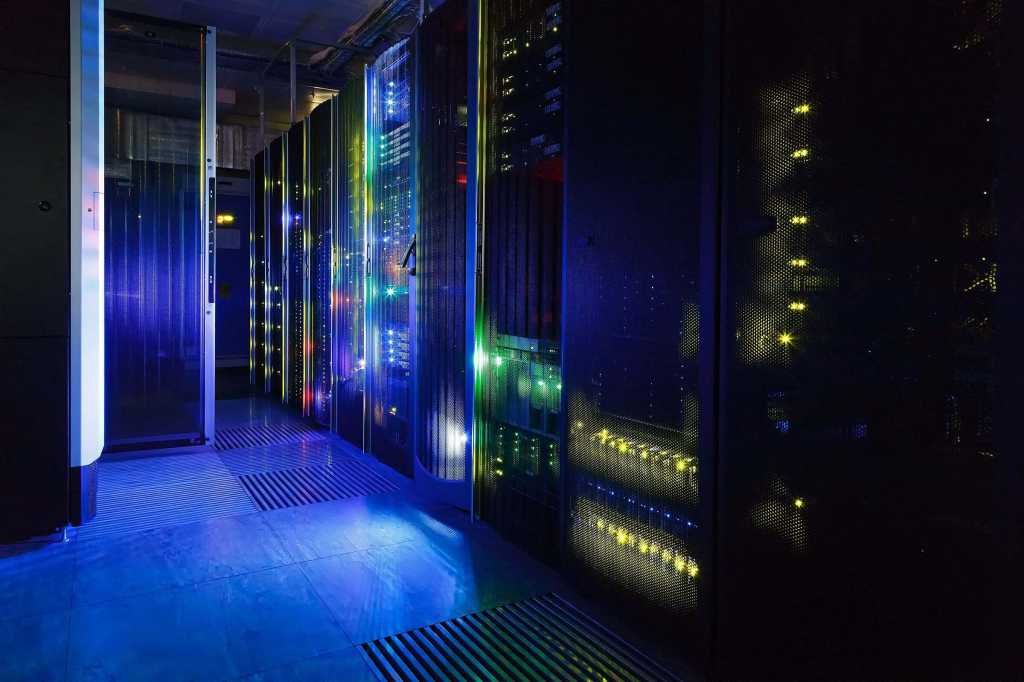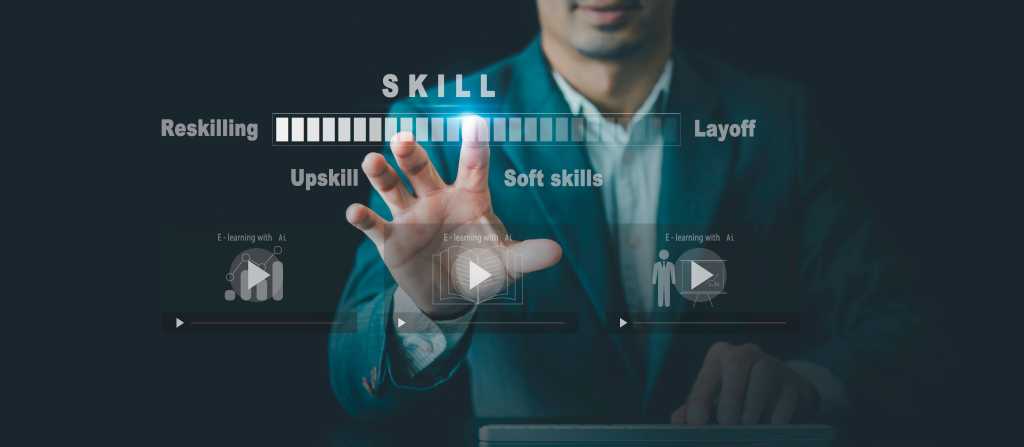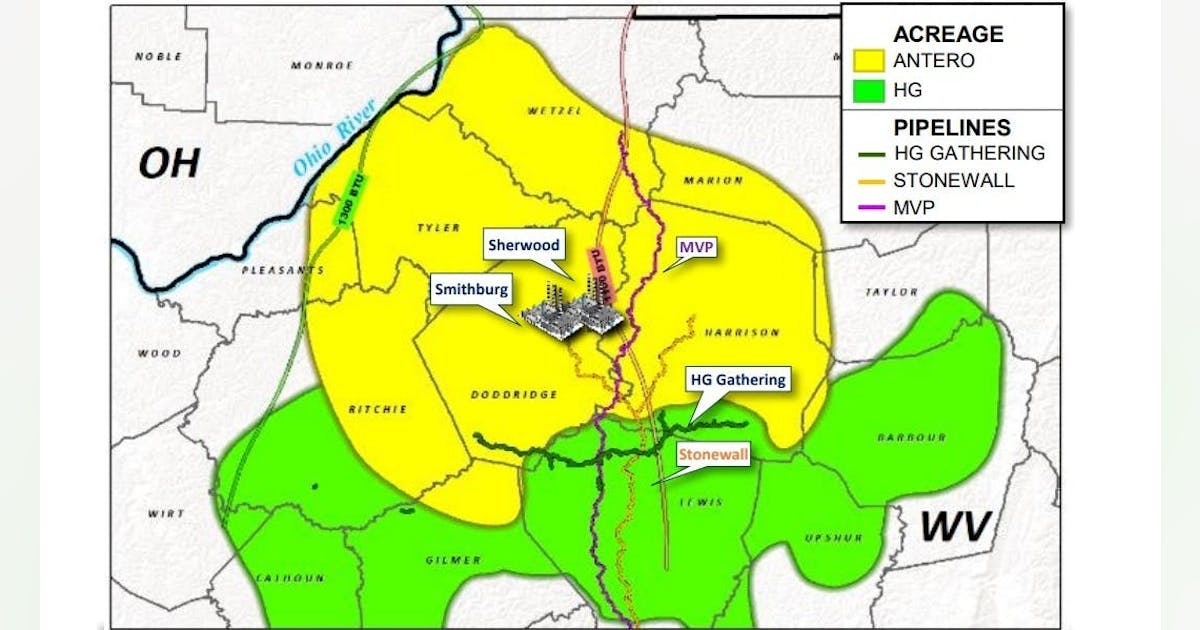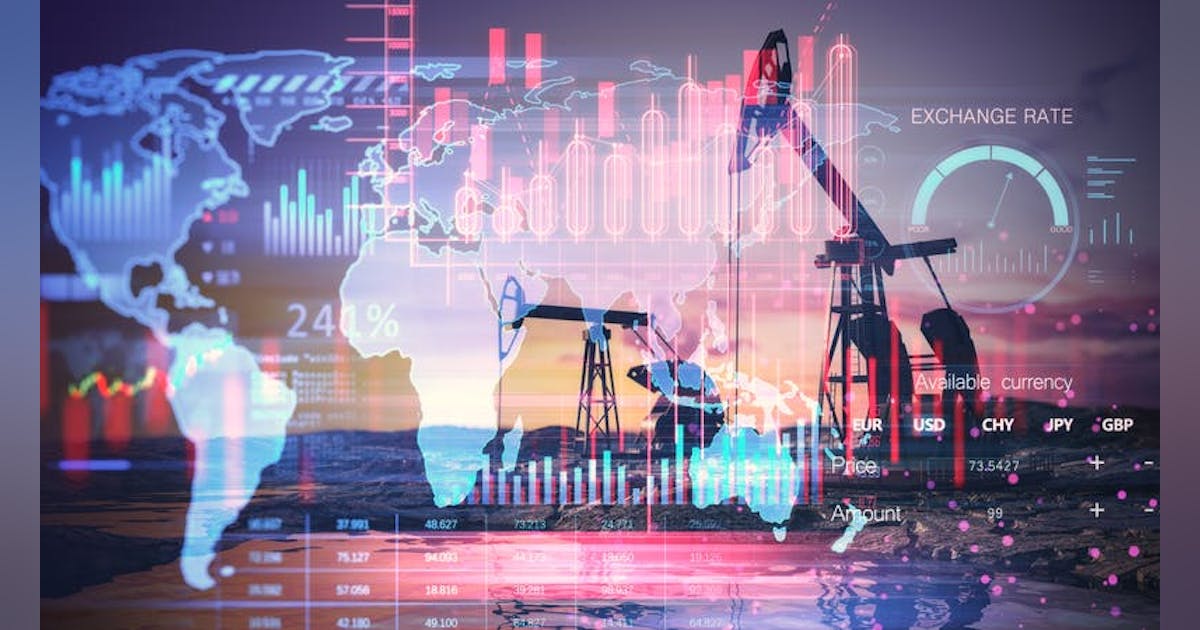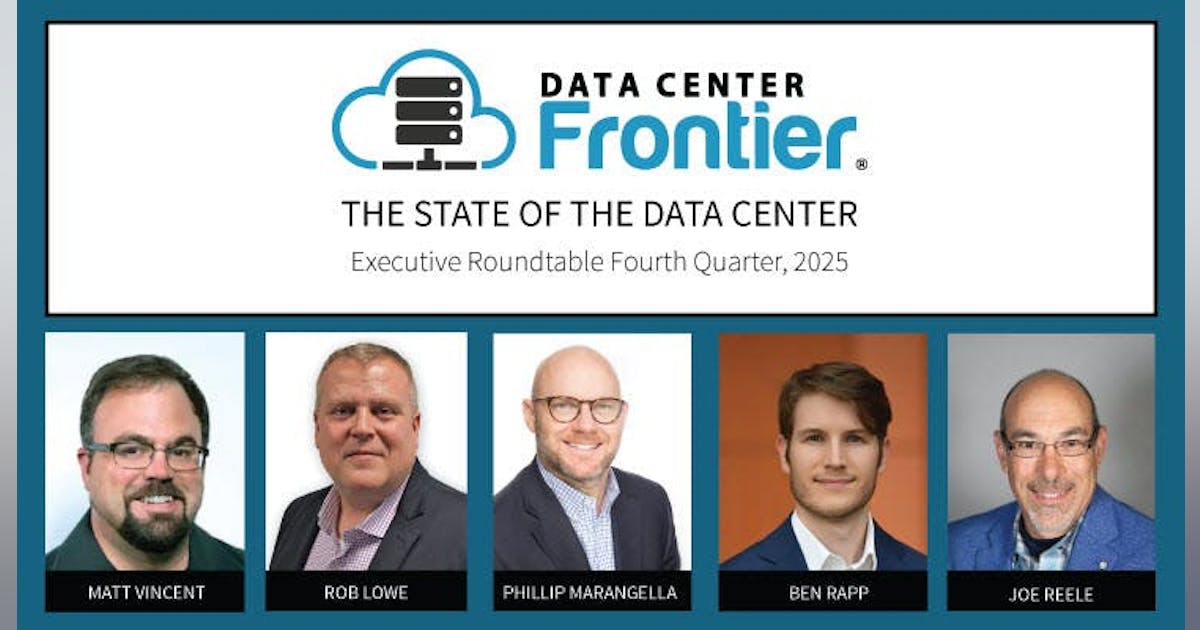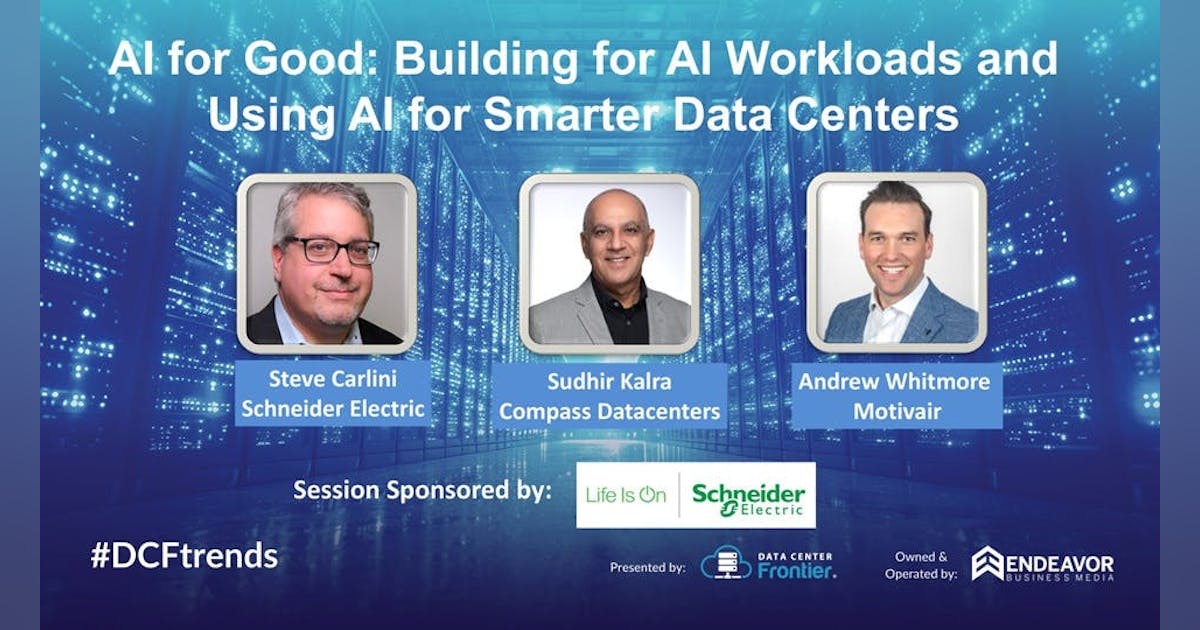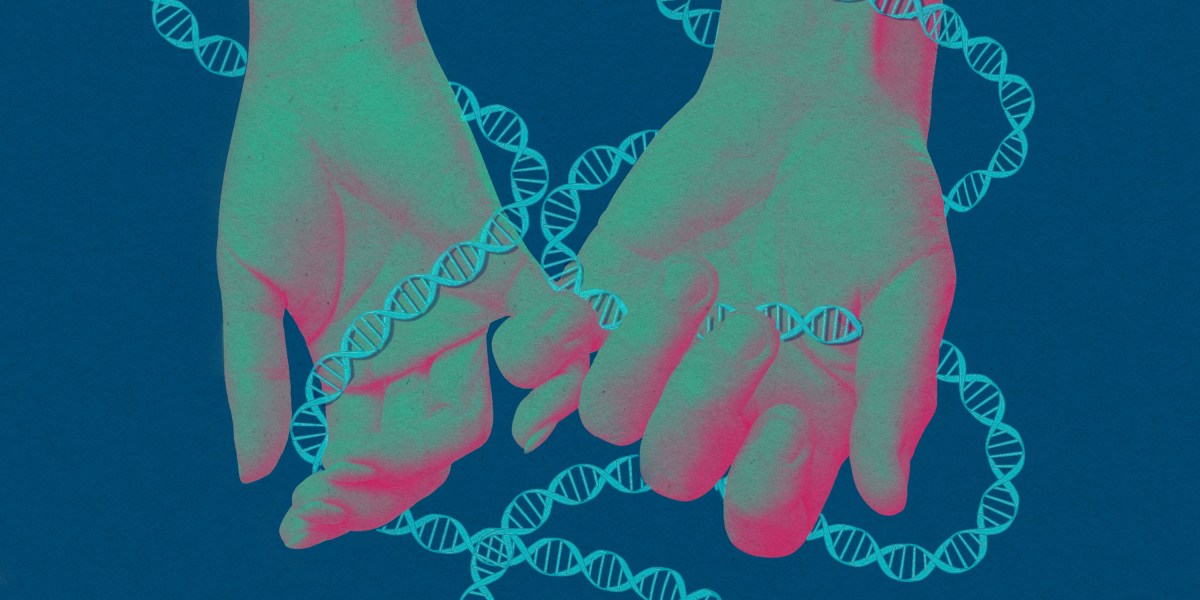Game theory is a field of research that is quite prominent in Economics but rather unpopular in other scientific disciplines. However, the concepts used in game theory can be of interest to a wider audience, including data scientists, statisticians, computer scientists or psychologists, to name just a few. This article is the opener to a four-chapter tutorial series on the fundamentals of game theory, so stay tuned for the upcoming articles.
In this article, I will explain the kinds of problems Game Theory deals with and introduce the main terms and concepts used to describe a game. We will see some examples of games that are typically analysed within game theory and lay the foundation for deeper insights into the capabilities of game theory in the later chapters. But before we go into the details, I want to introduce you to some applications of game theory, that show the multitude of areas game-theoretic concepts can be applied to.
Applications of game theory

Does it make sense to vote for a small party in an election if this party may not have a chance to win anyway? Is it worth starting a price war with your competitor who offers the same goods as you? Do you gain anything if you reduce your catch rate of overfished areas if your competitors simply carry on as before? Should you take out insurance if you believe that the government will pay for the reconstruction after the next hurricane anyway? And how should you behave in the next auction where you are about to bid on your favourite Picasso painting?
All these questions (and many more) live within the area of applications that can be modelled with game theory. Whenever a situation includes strategic decisions in interaction with others, game-theoretic concepts can be applied to describe this situation formally and search for decisions that are not made intuitively but that are backed by a notion of rationality. Key to all the situations above is that your decisions depend on other people’s behaviour. If everybody agrees to conserve the overfished areas, you want to play along to preserve nature, but if you think that everybody else will continue fishing, why should you be the only one to stop? Likewise, your voting behaviour in an election might heavily depend on your assumptions about other people’s votes. If nobody votes for that candidate, your vote will be wasted, but if everybody thinks so, the candidate doesn’t have a chance at all. Maybe there are many people who say “I would vote for him if others vote for him too”.
Similar situations can happen in very different situations. Have you ever thought about having food delivered and everybody said “You don’t have to order anything because of me, but if you order anyway, I’d take some french fries”? All these examples can be applications of game theory, so let’s start understanding what game theory is all about.
Understanding the game

When you hear the word game, you might think of video games such as Minecraft, board games such as Monopoly, or card games such as poker. There are some common principles to all these games: We always have some players who are allowed to do certain things determined by the game’s rules. For example, in poker, you can raise, check or give up. In Monopoly, you can buy a property you land on or don’t buy it. What we also have is some notion of how to win the game. In poker, you have to get the best hand to win and in Monopoly, you have to be the last person standing after everybody went bankrupt. That also means that some actions are better than others in some scenarios. If you have two aces on the hand, staying in the game is better than giving up.
When we look at games from the perspective of game theory, we use the same concepts, just more formally.

A game consists of a set of players I = {1, .., n}, where each player has a set of strategies S and a utility function ui(s1, s2, … sn). The set of strategies is determined by the rules of the games. For example, it could be S = {check, raise, give-up} and the player would have to decide which of these actions they want to use. The utility function u (also called reward) describes how valuable a certain action of a player would be, given the actions of the other players. Every player wants to maximize their utility, but now comes the tricky part: The utility of an action of yours depends on the other players’ actions. But for them, the same applies: Their actions’ utilities depend on the actions of the other players (including yours).
Let’s consider a well-known game to illustrate this point. In rock-paper-scissors, we have n=2 players and each player can choose between three actions, hence the strategy set is S={rock, paper, scissors} for each player. But the utility of an action depends on what the other player does. If our opponent chooses rock, the utility of paper is high (1), because paper beats rock. But if your opponent chooses scissors, the utility of paper is low (-1), because you would lose. Finally, if your opponent chooses paper as well, you reach a draw and the utility is 0.

Instead of writing down the utility function for each case individually, it is common to display games in a matrix like this:

The first player decides for the row of the matrix by selecting his action and the second player decides for the column. For example, if player 1 chooses paper and player 2 chooses scissors, we end up in the cell in the third column and second row. The value in this cell is the utility for both players, where the first value corresponds to player 1 and the second value corresponds to player 2. (-1,1) means that player 1 has a utility of -1 and player 2 has a utility of 1. Scissors beat paper.
Some more details
Now we have understood the main components of a game in game theory. Let me add a few more hints on what game theory is about and what assumptions it uses to describe its scenarios.
- We often assume that the players select their actions at the same time (like in rock-paper-scissors). We call such games static games. There are also dynamic games in which players take turns deciding on their actions (like in chess). We will consider these cases in a later chapter of this tutorial.
- In game theory, it is typically assumed that the players can not communicate with each other so they can’t come to an agreement before deciding on their actions. In rock-paper-scissors, you wouldn’t want to do that anyway, but there are other games where communication would make it easier to choose an action. However, we will always assume that communication is not possible.
- Game theory is considered a normative theory, not a descriptive one. That means we will analyse games concerning the question “What would be the rational solution?” This may not always be what people do in a likewise situation in reality. Such descriptions of real human behaviour are part of the research field of behavioural economics, which is located on the border between Psychology and economics.
The prisoner’s dilemma

Let us become more familiar with the main concepts of game theory by looking at some typical games that are often analyzed. Often, such games are derived from are story or scenario that may happen in the real world and require people to decide between some actions. One such story could be as follows:
Say we have two criminals who are suspected of having committed a crime. The police have some circumstantial evidence, but no actual proof for their guilt. Hence they question the two criminals, who now have to decide if they want to confess or deny the crime. If you are in the situation of one of the criminals, you might think that denying is always better than confessing, but now comes the tricky part: The police propose a deal to you. If you confess while your partner denies, you are considered a crown witness and will not be punished. In this case, you are free to go but your partner will go to jail for six years. Sounds like a good deal, but be aware, that the outcome also depends on your partner’s action. If you both confess, there is no crown witness anymore and you both go to jail for three years. If you both deny, the police can only use circumstantial evidence against you, which will lead to one year in prison for both you and your partner. But be aware, that your partner is offered the same deal. If you deny and he confesses, he is the crown witness and you go to jail for six years. How do you decide?

The game derived from this story is called the prisoner’s dilemma and is a typical example of a game in game theory. We can visualize it as a matrix just like we did with rock-paper-scissors before and in this matrix, we easily see the dilemma the players are in. If both deny, they receive a rather low punishment. But if you assume that your partner denies, you might be tempted to confess, which would prevent you from going to jail. But your partner might think the same, and if you both confess, you both go to jail for longer. Such a game can easily make you go round in circles. We will talk about solutions to this problem in the next chapter of this tutorial. First, let’s consider some more examples.
Bach vs. Stravinsky

You and your friend want to go to a concert together. You are a fan of Bach’s music but your friend favors the Russian 20th. century composer Igor Stravinsky. However, you both want to avoid being alone in any concert. Although you prefer Bach over Stravinsky, you would rather go to the Stravinsky concert with your friend than go to the Bach concert alone. We can create a matrix for this game:

You decide for the row by going to the Bach or Stravinsky concert and your friend decides for the column by going to one of the concerts as well. For you, it would be best if you both chose Bach. Your reward would be 2 and your friend would get a reward of 1, which is still better for him than being in the Stravinsky concert all by himself. However, he would be even happier, if you were in the Stravinsky concert together.
Do you remember, that we said players are not allowed to communicate before making their decision? This example illustrates why. If you could just call each other and decide where to go, this would not be a game to investigate with game theory anymore. But you can’t call each other so you just have to go to any of the concerts and hope you will meet your friend there. What do you do?
Arm or disarm?

A third example brings us to the realm of international politics. The world would be a much happier place with fewer firearms, wouldn’t it? However, if nations think about disarmament, they also have to consider the choices other nations make. If the USA disarms, the Soviet Union might want to rearm, to be able to attack the USA — that was the thinking during the Cold War, at least. Such a scenario could be described with the following matrix:

As you see, when both nations disarm, they get the highest reward (3 each), because there are fewer firearms in the world and the risk of war is minimized. However, if you disarm, while the opponent upgrades, your opponent is in the better position and gets a reward of 2, while you only get 0. Then again, it might have been better to upgrade yourself, which gives a reward of 1 for both players. That is better than being the only one who disarms, but not as good as it would get if both nations disarmed.
The solution?
All these examples have one thing in common: There is no single option that is always the best. Instead, the utility of an action for one player always depends on the other player’s action, which, in turn, depends on the first player’s action and so on. Game theory is now interested in finding the optimal solution and deciding what would be the rational action; that is, the action that maximizes the expected reward. Different ideas on how exactly such a solution looks like will be part of the next chapter in this series.
Summary

Before continuing with finding solutions in the next chapter, let us recap what we have learned so far.
- A game consists of players, that decide for actions, which have a utility or reward.
- The utility/reward of an action depends on the other players’ actions.
- In static games, players decide for their actions simultaneously. In dynamic games, they take turns.
- The prisoner’s dilemma is a very popular example of a game in game theory.
- Games become increasingly interesting if there is no single action that is better than any other.
Now that you are familiar with how games are described in game theory, you can check out the next chapter to learn how to find solutions for games in game theory.
References
The topics introduced here are typically covered in standard textbooks on game theory. I mainly used this one, which is written in German though:
- Bartholomae, F., & Wiens, M. (2016). Spieltheorie. Ein anwendungsorientiertes Lehrbuch. Wiesbaden: Springer Fachmedien Wiesbaden.
An alternative in English language could be this one:
- Espinola-Arredondo, A., & Muñoz-Garcia, F. (2023). Game Theory: An Introduction with Step-by-step Examples. Springer Nature.
Game theory is a rather young field of research, with the first main textbook being this one:
- Von Neumann, J., & Morgenstern, O. (1944). Theory of games and economic behavior.
Like this article? Follow me to be notified of my future posts.



